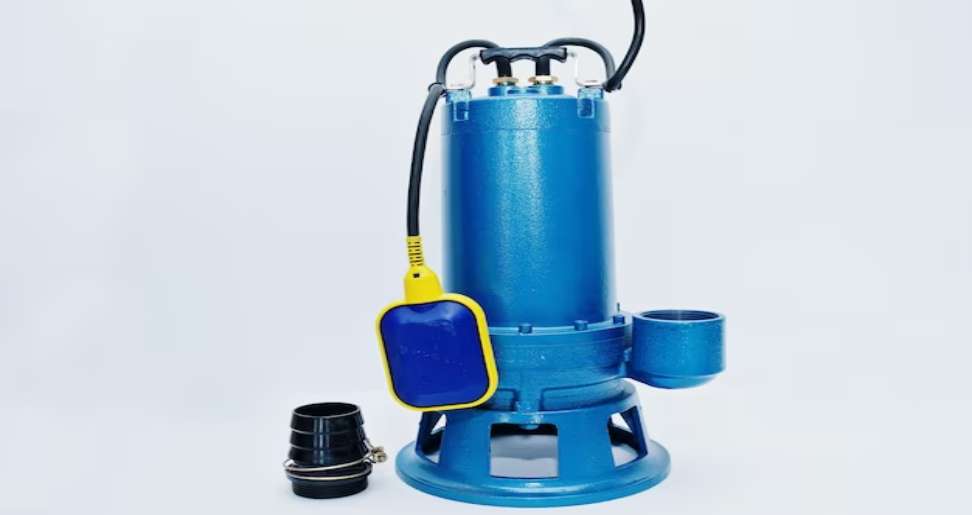Well pumps are essential components of many homes and properties, providing a reliable source of water for various uses. However, like any mechanical system, well pumps require regular maintenance to ensure optimal performance and longevity. In this article, we’ll explore some key maintenance tips for keeping your well pump running smoothly and preventing costly breakdowns.
Regular Inspections
One of the most important maintenance tasks for well pumps is regular inspections. This involves checking the pump and its components for any signs of wear, damage, or malfunction. Look for cracks, leaks, or unusual noises, and address any issues promptly. Regular inspections can help you catch problems early before they escalate into more serious issues.
Submersible Well Pump Installation
Submersible well pump installation involves placing the pump at the bottom of the well, submerged in water. This type of installation is popular because it keeps the pump protected from the elements and reduces the risk of freezing in cold climates. Submersible well pumps are also quieter and more energy-efficient than above-ground pumps. However, submersible well pump installation requires specialized equipment and expertise, and should be performed by a professional to ensure proper functioning and safety.
Proper Pressure Settings
Well pumps are designed to maintain a specific pressure range to ensure efficient water delivery. If the pressure is too low, the pump may run continuously, leading to overheating and premature wear. If the pressure is too high, it can cause leaks and damage to the plumbing system. Regularly check the pressure settings and adjust them as needed to keep your well pump operating at optimal efficiency.
Protecting the Well Head
The well head is the part of the well that extends above ground and houses the pump and its components. It’s important to keep the well head protected from the elements and potential damage. This includes installing a well cap or seal to prevent debris, insects, and small animals from entering the well. Additionally, keep the area around the well head clear of vegetation and debris to ensure easy access for maintenance and repairs.
Monitoring Water Quality
Regular testing of your well water can help you identify any issues with water quality that may be affecting your well pump. If the water is contaminated with sediment, minerals, or bacteria, it can cause buildup and corrosion in the pump and its components. If you notice any changes in water quality, such as discoloration or odor, have the water tested and take appropriate action to address any issues.
Hiring a Professional for Major Repairs
While some well pump maintenance tasks can be performed by homeowners, major repairs or replacements should be left to professionals. Submersible well pump installation, for example, requires specialized equipment and expertise to ensure proper functioning and safety. Attempting to perform major repairs without the necessary skills and knowledge can lead to further damage and safety hazards. If you suspect that your well pump needs major repairs, contact a qualified well pump professional for assistance.
Conclusion
Well pumps are essential components of many homes and properties, providing a reliable source of water for various uses. To ensure that your well pump continues to function efficiently and reliably, it’s important to follow a regular maintenance routine that includes inspections, pressure checks, well head protection, and water quality monitoring.
Also Read:-
- How Do You Get A Business Loan?
- How To Start A Bookkeeping Side Business?
- What Are The 5 Skills Of Good Customer Service?

